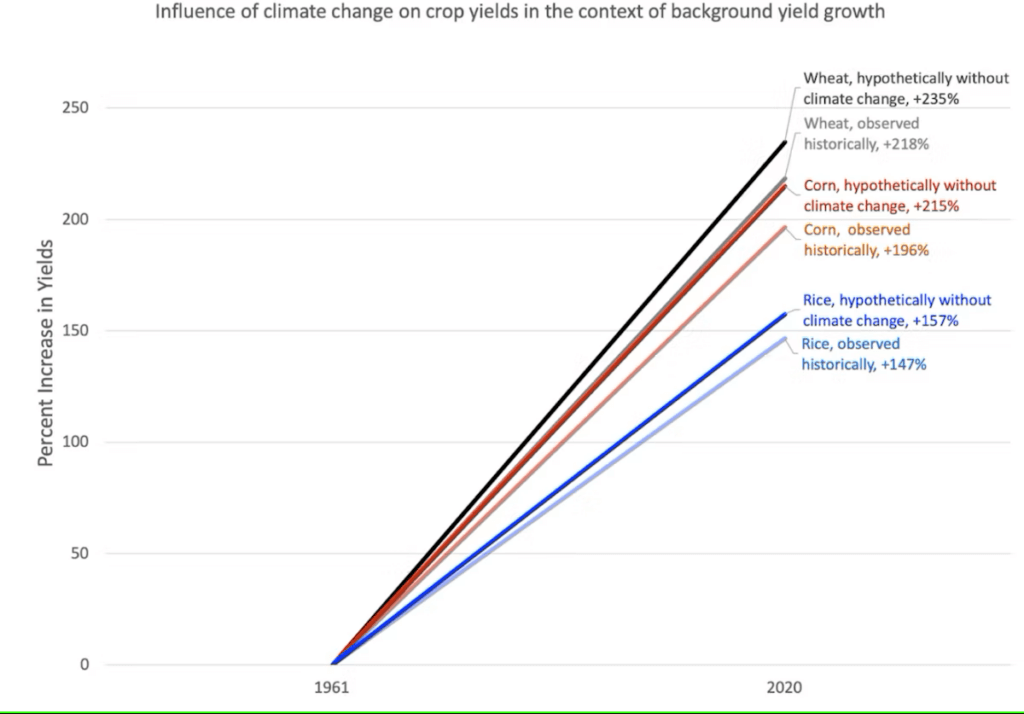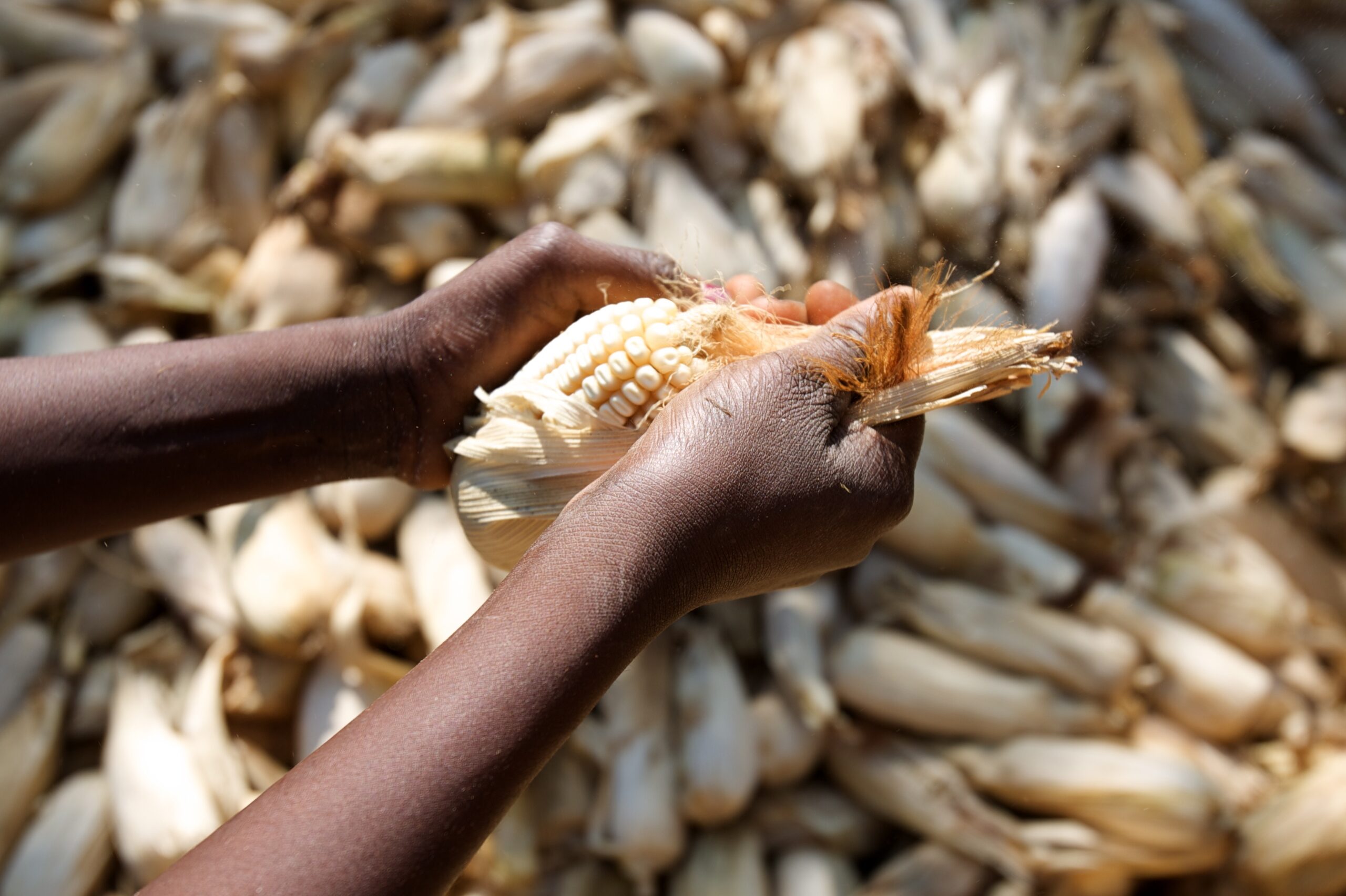Impact of U.S. Government Shutdown on Sustainable Development Goals
Executive Summary: Food Security Crisis and SDG Alignment
A federal government shutdown in the United States has placed approximately 42 million people at risk of losing critical food assistance. This situation directly threatens the achievement of several Sustainable Development Goals (SDGs), most notably SDG 2 (Zero Hunger), SDG 1 (No Poverty), and SDG 3 (Good Health and Well-being). The potential suspension of the Supplemental Nutrition Assistance Program (SNAP) highlights a critical failure in institutional stability, impacting SDG 16 (Peace, Justice, and Strong Institutions).
Analysis of Impact on SDG 2: Zero Hunger
The impending funding shortfall for SNAP represents a direct and severe threat to food security for a significant portion of the American population, undermining the core objective of SDG 2 to end hunger and ensure access to food.
- Imminent Funding Depletion: Agriculture Secretary Brooke Rollins announced that funding for the food stamp program will be exhausted within two weeks.
- Scale of Impact: SNAP provides essential food aid to approximately one in eight Americans, with an average monthly benefit of $188 per person. The loss of this support will create an immediate hunger crisis for millions.
- Administrative Halt: The U.S. Department of Agriculture (USDA) has instructed states to withhold November benefit payments, creating widespread uncertainty and preventing access to food resources.
- Vulnerable Populations at Risk: The WIC program, which supports nearly 7 million pregnant women, new mothers, and young children, also required an emergency infusion of funds, demonstrating the systemic risk to nutritional programs.
Ramifications for SDG 1 (No Poverty) and SDG 10 (Reduced Inequalities)
SNAP is a cornerstone of the nation’s social safety net and a primary tool in poverty alleviation. Its disruption exacerbates poverty and inequality.
- The termination of benefits threatens to push millions of low-income households below the poverty line, directly contravening the mission of SDG 1.
- The crisis disproportionately affects the most vulnerable demographics, thereby widening socio-economic disparities and undermining progress toward SDG 10.
- In response to the funding crisis, 17 states have already ceased accepting new SNAP applications, further restricting access to essential aid for those in need.
Implications for SDG 3: Good Health and Well-being
Food security is intrinsically linked to health outcomes. The denial of nutritional assistance poses a significant public health risk, challenging the objectives of SDG 3.
- The inability of families to purchase adequate food is directly correlated with malnutrition and poor health, particularly among children and other vulnerable groups.
- Advocacy organizations report that local food pantries are already operating at maximum capacity and cannot fill the gap left by a federal program of this magnitude.
- The potential loss of benefits ahead of the Thanksgiving holiday places additional stress on families, impacting both physical and mental well-being.
Institutional Challenges and SDG 16: Peace, Justice, and Strong Institutions
The government shutdown and subsequent threat to food programs reflect a failure of effective governance and institutional responsibility, a key concern of SDG 16.
- The political impasse on Capitol Hill, which forced a government shutdown on October 1, demonstrates an inability of institutions to perform their essential functions, including funding critical social safety nets.
- Debate over the use of a $6 billion contingency fund, which is insufficient to cover the estimated $8 billion needed for November benefits, highlights administrative paralysis.
- Criticism from state leaders, such as New York Governor Kathy Hochul, underscores a breakdown in federal-state cooperation, further weakening the institutional framework required to serve the public.
Analysis of Sustainable Development Goals in the Article
1. Which SDGs are addressed or connected to the issues highlighted in the article?
-
SDG 2: Zero Hunger
- The article’s primary focus is on the potential disruption of the Supplemental Nutrition Assistance Program (SNAP), also known as food stamps. This directly relates to SDG 2, which aims to end hunger and ensure food security. The text explicitly mentions that “42 million people are at risk of losing critical food assistance” and warns of “hungry families” who will lose access to these programs.
-
SDG 1: No Poverty
- The food stamp program is described as a “key pillar of the nation’s safety net” for “vulnerable families.” Social protection systems like SNAP are crucial for alleviating poverty. The potential loss of these benefits, which average “$188 per person” monthly, would significantly impact the financial stability of low-income households, pushing them further into poverty.
-
SDG 3: Good Health and Well-being
- The article highlights the risk to the WIC program, which provides “food aid to nearly 7 million pregnant women, new moms and young children.” Proper nutrition is fundamental to the health and well-being of these specific demographic groups, especially for maternal health and early childhood development. A disruption in WIC funding directly threatens these health outcomes.
-
SDG 10: Reduced Inequalities
- Social safety net programs like SNAP and WIC are designed to support the most vulnerable segments of the population, thereby reducing economic inequality. The article notes that “one in eight Americans” relies on SNAP. The government shutdown and subsequent funding crisis disproportionately harm these low-income groups, exacerbating inequality.
2. What specific targets under those SDGs can be identified based on the article’s content?
-
Target 2.1 (under SDG 2)
- This target aims to “end hunger and ensure access by all people, in particular the poor and people in vulnerable situations… to safe, nutritious and sufficient food all year round.” The article directly addresses a threat to this target by stating that millions of “vulnerable families” are at risk of losing access to food assistance, jeopardizing their ability to obtain sufficient food.
-
Target 1.3 (under SDG 1)
- This target calls for the implementation of “nationally appropriate social protection systems and measures for all… and achieve substantial coverage of the poor and the vulnerable.” The article discusses the potential failure of SNAP and WIC, which are key components of the U.S. social protection system. The shutdown threatens the very implementation and continuity of this system for millions.
-
Target 3.2 (under SDG 3)
- This target aims to “end preventable deaths of newborns and children under 5 years of age.” While the article does not mention mortality, it highlights the risk to the WIC program, which provides critical nutritional support to pregnant women and young children. This nutritional support is essential for preventing health complications and ensuring healthy development in infants and children.
-
Target 10.4 (under SDG 10)
- This target encourages countries to “adopt policies, especially fiscal, wage and social protection policies, and progressively achieve greater equality.” The article describes how a failure in fiscal policy (the government shutdown) is directly undermining a critical social protection policy (food stamps), demonstrating a setback for policies aimed at achieving greater equality.
3. Are there any indicators mentioned or implied in the article that can be used to measure progress towards the identified targets?
-
Number of people at risk of food insecurity
- The article provides a direct number: “Roughly 42 million people are at risk of losing critical food assistance.” This figure serves as a direct indicator of the population whose access to food (Target 2.1) is threatened.
-
Coverage of social protection programs
- The article states that “About one in eight Americans receive help” through SNAP and that WIC serves “nearly 7 million pregnant women, new moms and young children.” These statistics are indicators of the proportion of the population covered by social protection systems (Target 1.3).
-
Functionality of social protection systems
- The statement that the funding crisis is “forcing 17 states to stop accepting new food stamp applications” is a clear indicator of a breakdown in the implementation and accessibility of the social safety net.
-
Level of social protection benefits
- The article mentions that SNAP provides an “average monthly benefit of $188 per person.” This monetary value is an indicator of the level of support provided by the program to help vulnerable populations meet their basic needs.
4. Summary Table of SDGs, Targets, and Indicators
| SDGs | Targets | Indicators |
|---|---|---|
| SDG 2: Zero Hunger | Target 2.1: By 2030, end hunger and ensure access by all people, in particular the poor and people in vulnerable situations, including infants, to safe, nutritious and sufficient food all year round. |
|
| SDG 1: No Poverty | Target 1.3: Implement nationally appropriate social protection systems and measures for all, including floors, and by 2030 achieve substantial coverage of the poor and the vulnerable. |
|
| SDG 3: Good Health and Well-being | Target 3.2: By 2030, end preventable deaths of newborns and children under 5 years of age… |
|
| SDG 10: Reduced Inequalities | Target 10.4: Adopt policies, especially fiscal, wage and social protection policies, and progressively achieve greater equality. |
|
Source: cnn.com







